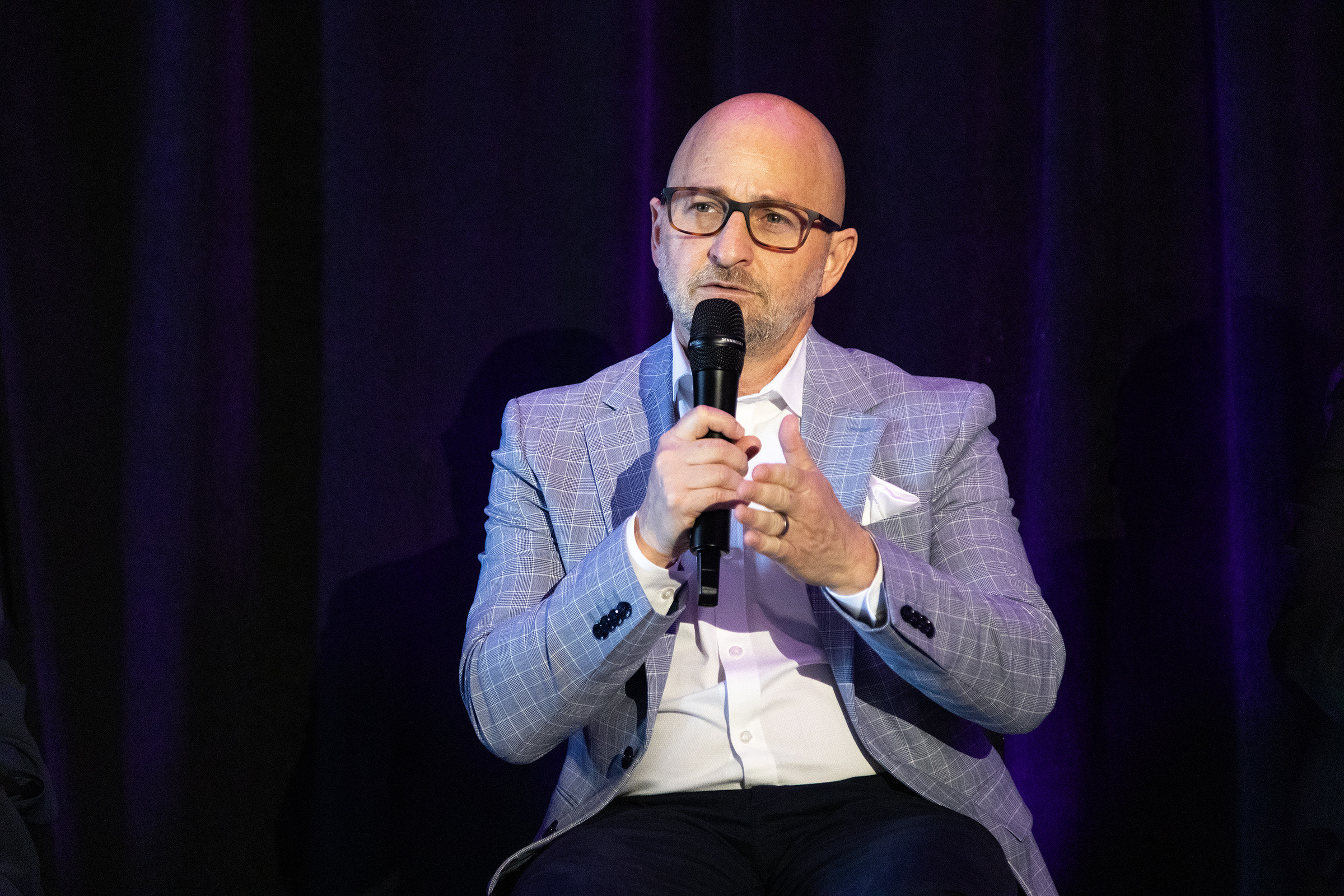By Dr. Howard Liebman, CEO and District Superintendent, SHCOE
More than 30 million American adults lack a high school diploma, which severely limits their career, educational, financial, and social advancement opportunities. According to the World Education Organization, high school dropouts are more likely to live in poverty, be unemployed, go to prison, and make less money.
How do we confront this overwhelming problem and re-engage these people back into the educational system? By addressing the educational trauma that impacted many of them in their previous high school experiences.
What is educational trauma?
Some of my initial clinical social work experience focused on how people respond to trauma—generally with a “fight” or “flight” response. Educational trauma results when a one-size-fits-all academic system labels those who don’t “fit” as “failures.” These students tend to respond to educational failure by taking flight—and never returning.
Whether it stems from testing issues, different learning styles/abilities, financial realities, health problems, lack of subject matter applicability, overburdened/overstrained school systems, or a lack of family/school support, many of high school dropouts have had negative experiences and received negative feedback in their traditional school settings. Chronic “failure” messaging creates feelings of helplessness and disempowerment relative to the educational system.
A lifelong flight response to academic environments is particularly problematic for high school dropouts, whose very economic and social stability is premised upon their ability to increase their level of education.
Improve student retention
To deliver academic and career outcomes, we need to redress our students’ educational trauma and reverse that knee-jerk flight response by offering extensive and ongoing support in safe and trusting environments. We can fight the “flight” response that has been ingrained in students who had negative prior learning experiences and get them moving in a positive direction that will enhance their career opportunities and prepare them for the world of work.
When students graduate from the Smart Horizons Career Online Education program, 81 percent1 of them report that their next step is postsecondary education. 81 percent! They come to us having been unable to earn a high school diploma. They leave us with the confidence, skills, and knowledge to earn their next credential to open more doors and expand their opportunities.
Continue to part 2 on the solution: How to Build Confidence and Boost High School Graduation Outcomes
1: Smart Horizons Career Online Education, graduate exit surveys, 2009–2016


